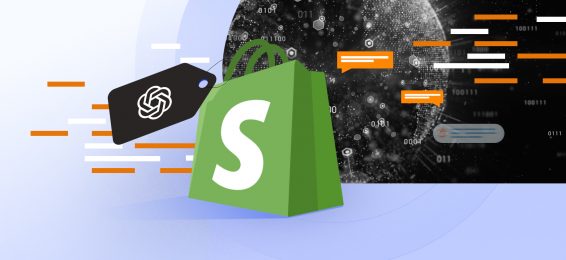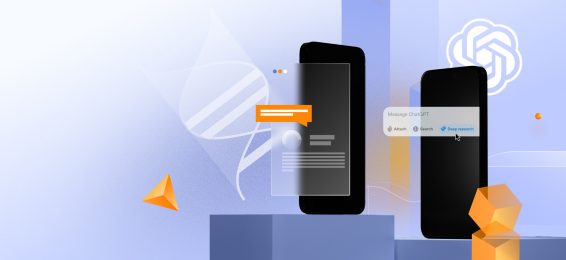On May 21st, OpenAI announced it has acquired Io, the startup it co-created last year with Jony Ive, Apple’s former Senior VP of Industrial Design and Chief Design Officer.
Before the acquisition, Altman’s team already had a 23% stake in Io; after paying the remaining $5 billion, it now has full ownership.
The move comes at a time when Google is catching up to OpenAI on the GenAI race.
Just days ago, the search giant hosted a massive AI showcase at Google I/O: we saw updated Gemini 2.5, a new 2.5 Deep Think model, and Gemma 3n, a mobile-first model currently in preview. The AI community started wondering if this is the beginning of the end for OpenAI.
Yet, a successful AI hardware release may be both a successful counter and a breakthrough for the entire AI industry.
OpenAI has been eyeing hardware for a while
In November 2024, Sam Altman made a few moves that indicated hardware was coming. OpenAI hired Meta’s former Head of Customer Hardware, who shared her plans to focus on “bringing AI to the physical world.”
Later that month, Sam Altman invested in Physical Intelligence, a San Francisco-based startup that aims to bring “general-purpose AI into the physical world” by building AI models that enable robots.
What’s next for OpenAI’s hardware plans?
Now, OpenAI is reportedly working on its first AI device prototype. Sam Altman shared that he believes the new gadget to be “the coolest” piece of technology that the world will have ever seen.
The new device is reported to hit the market sometime in 2026, but the shape of the final product (headphones, watches, glasses, etc.) stays a mystery.
Xenoss take on Sam Altman’s and Jony Ive’s partnership
Sam Altman denies that the new technology Io is developing is designed to “kill the iPhone.” Yet, considering that most of the fifty-five engineers currently working at the venture are ex-Apple employees, it seems that OpenAI wants to at least challenge the status quo.
The plan may even succeed: a while back, Apple infamously postponed the AI features it had already announced. Additionally, after Altman and Ive announced the partnership, the iPhone maker’s stocks plummeted by 2%.
Most importantly, the launch of OpenAI’s intelligence hardware as soon as next year may signal the start of an era for truly immersive AI experiences.
The AI hardware market is still in its early stages. The two most noticeable first-movers of the hardware race failed to take off. Humane was acquired and dissolved by HP, while Rabbit R1, still operating, lost the hype wave it was riding.
Both Meta and Google are currently working on AI-enabled glasses, but Ive’s design know-how makes OpenAI a very strong competitor to both.
If the partnership is successful, the implications are exciting. Human-AI interactions will become more seamless, allowing users to get help from an intelligent assistant without even taking out their phones.
Besides, an AI-enabled hardware that is easy to carry around comes with new personalization opportunities, chief among which is improved localization.
Lÿden Foust, CEO of Spatial.ai, pointed out that the ability to anonymously collect longitude and latitude data once changed the world of personalization for iPhone, and Ive’s team could do the same on the new device.
By the end of next year, OpenAI might have a device capable of capturing physical context, listening in on conversations, collecting location data, and monitoring physiological markers to provide a highly personalized experience.
In general, OpenAI’s acquisition of Io is congruent with the tone of AI conversations shifting from improving reasoning to solving real-world problems.
Recently, Andrej Karpathy stirred reflection on the matter in an X post, and, earlier still, Hugging Face acquired Pollen Robotics to enter the field of open-source robotics.
Enterprise organizations also benefit from applying foundational models to real-life problems in manufacturing, finance, healthcare, logistics, and other industries.
Xenoss engineers can help future-facing leaders bring AI to the physical world by combining our machine learning and IoT capabilities.


